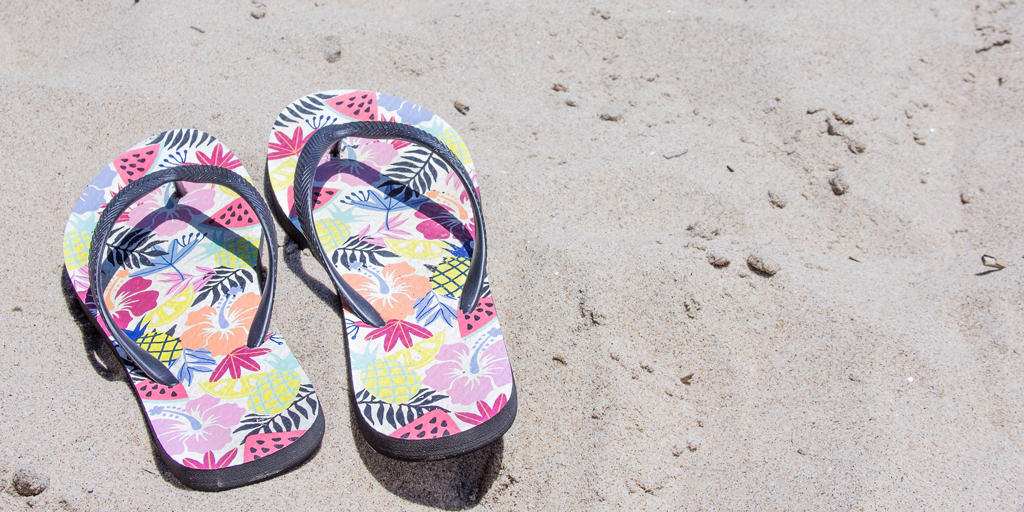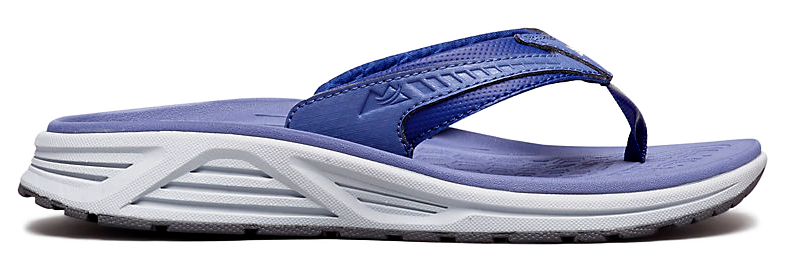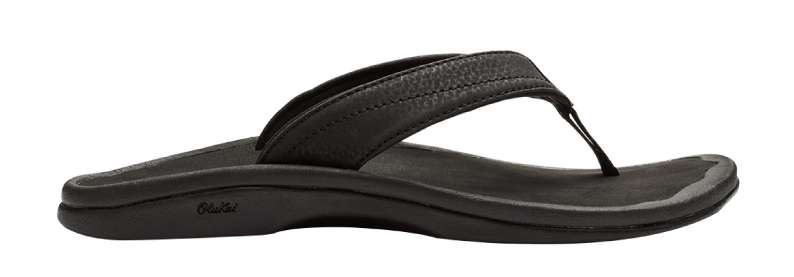Why Flip Flops Hurt Your Feet
During most of the summer, the only thing standing in between the rough, hard, scorching hot cement and your feet are flip flops.
After months of constant wear, what do you have? You are sporting quite the impressive strap tan line, your flip flops are compressed to nothing, and your feet are too sore from taking a step.
While most of us enthusiastically wear supportive orthotics and structured footwear for nine months out of the year, caution is thrown to the wind when summer begins. Instead, out come the cheap, unsupportive, plastic flip flops, and with that often comes injury.

Why Flip Flops Hurt Your Feet
The average flip flop actually makes you work harder while walking.
The reason why so many people are experiencing foot pain while wearing flip flops is that the average flip flop doesn’t support your biomechanics, and has little to no shock absorption. In turn, they make your body work harder when compared to walking barefoot.
Take a look at the design of an average flip flop. This type of shoe has a flat, super soft foam platform; it’s very comparable to a portable gymnastic mat. The only thing holding all of it together is two straps secured with a toe peg. This design creates a jarring sensation and an unstable environment – which the body must accommodate for with each step.
The body adapts to the stress of walking on flip flops by engaging the stabilizing tissues in the lower legs or feet. Muscles such as the posterior tibialis and the peroneals become fatigued from balancing on a soft, spongy surface. The extreme tension in every step puts harm on connective tissues, such as the plantar fascia and Achilles tendons.
When the force becomes too much for those tissues, micro-tears develop. This results in inflammation as the body fights to heal itself. Inflammation of a muscle or connective tissue translates to the pain you experience when you take a step.
WATCH: Why You Should Ditch Flimsy Flip Flops (1:20)
How Supportive Sandals Help Your Feet
Wearing sandals with more structure can put a halt
to this vicious cycle of healing and developing more injuries.

Supportive sandals help prevent and treat such chronic foot pain by unloading the overused tissues. Structured sandals provide arch support to take tension off the plantar fascia and posterior tibialis. Next, the heel cups support the heel in a neutral position and prevent overstretching the Achilles tendon. Finally, their wide straps distribute the pull on the top of the foot, so the toes don’t have to grip the shoe.
READ MORE: Tips for Finding Supportive Sandals
We recommend wearing supportive sandals not just in hot weather, but also in your house year-round. You can wear them in conjunction with using orthotics and proper footwear for the treatment of chronic foot pain, such as plantar fasciitis.
The more your shoes support your feet while experiencing foot pain, the better they can heal. On the other hand, the more your foot fights to function and heal in unsupported positions, the more damage you can cause to the injured tissues.

Shop Supportive Sandals Now
With supportive sandals, you’re one step closer to enjoying a pain-free summer.
come to Kintec and talk to a Fitting Expert today!
No Comments